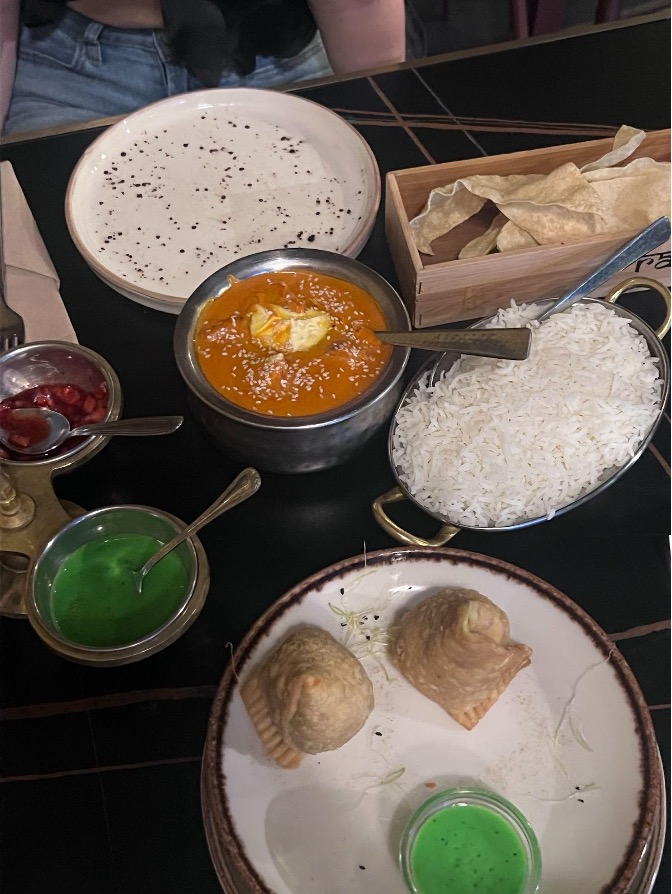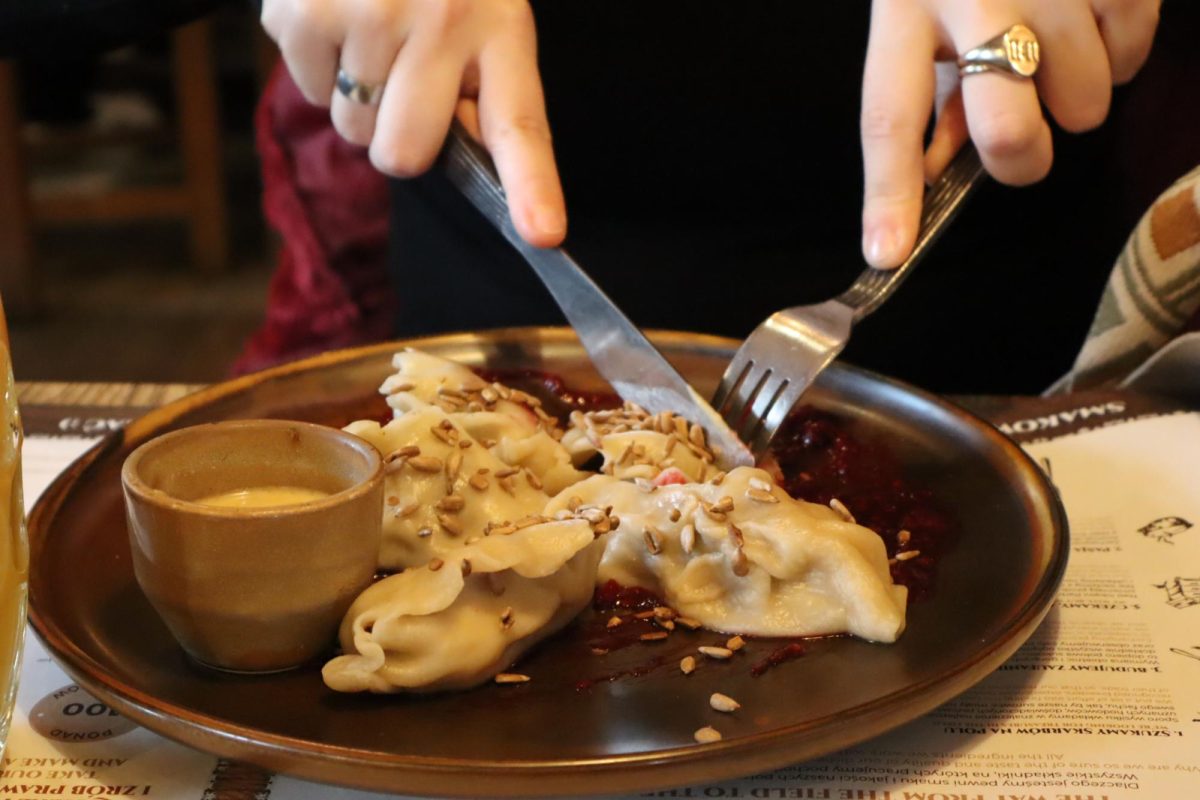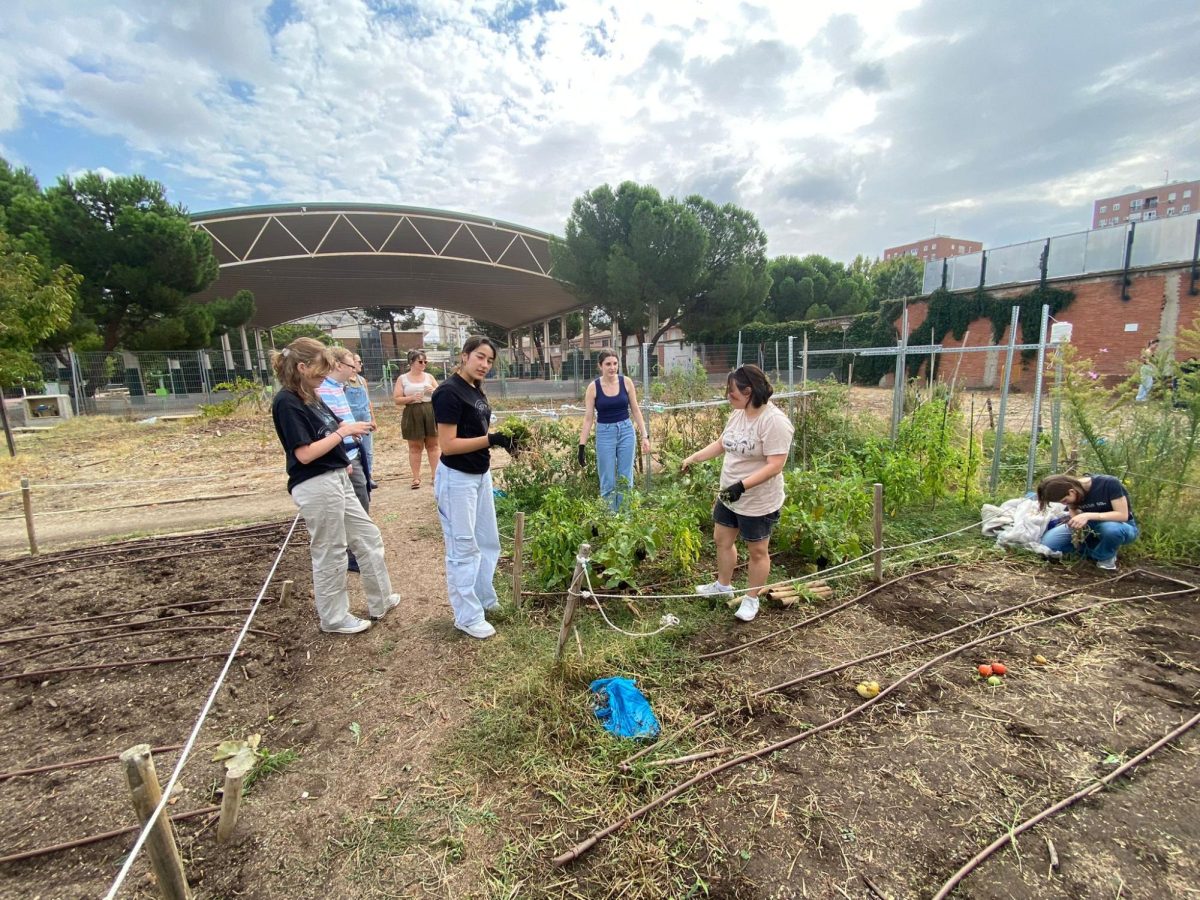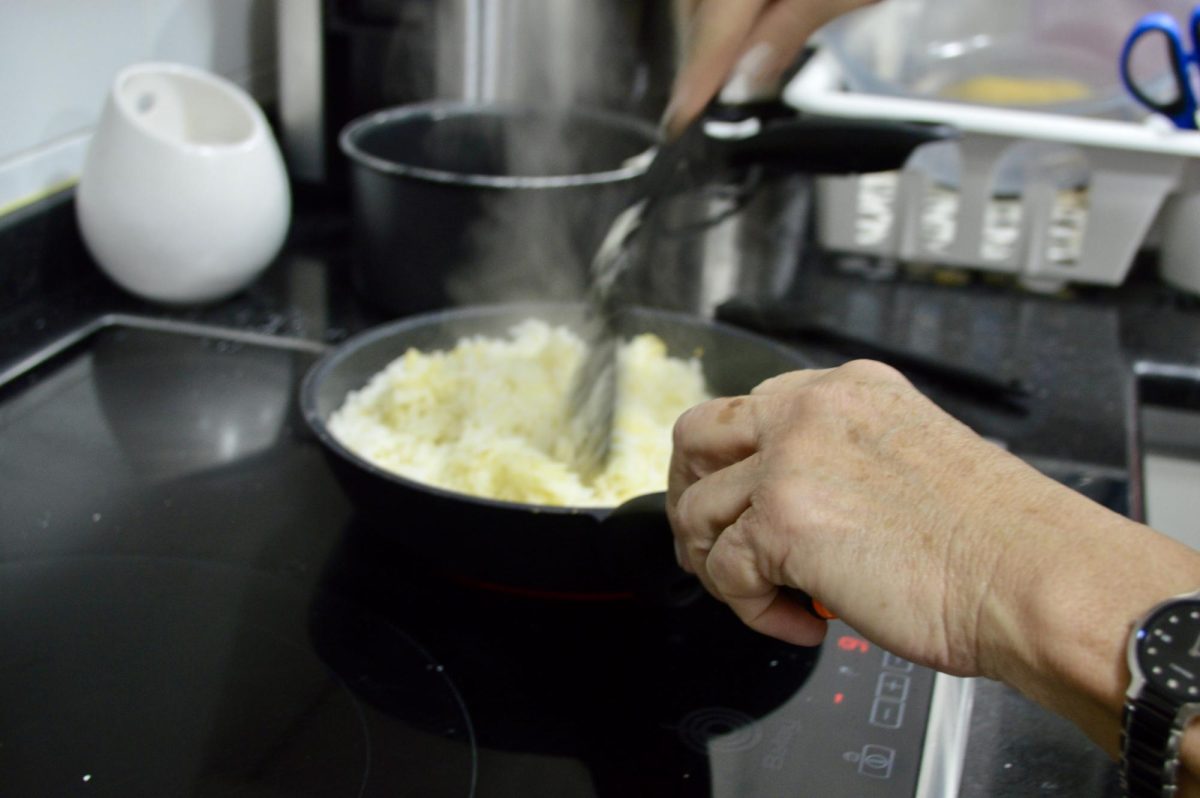“Hola Buenos dias, un cafe y un croissant.”
“That will be 4 Euros.”
Having lived in Spain for nearly two years, I’m still surprised when people immediately assume I am American. Initially, this assumption annoyed me, as it seemed my appearance or accent screamed American foreigner. Yet, ironically, back in the States, people often characterize me as European.
Growing up in a home where my mother was Swedish and my father was Italian, I had a difficult time forming my own identity because of the blend of all of the cultures. This mix of cultures started as an obstacle but has now become an opportunity.
Contradicting values
In an attempt to fit in with my friends, I made a big effort to fully immerse myself in American culture. But beneath this integration was my family’s cultural history, which brought difficulties.
One of the biggest cultural clashes that became an obstacle to American norms was my family’s relationship with time, which was influenced by my father’s lifestyle and Italian way of thinking. My father’s easygoing attitude frequently resulted in tardiness. He would always do things on his own time, many times that meant he would do things as late as possible. This laid-back attitude allowed our family to be warm and adaptable, but it also often contradicted the punctuality expected by the outside world, especially in the United States.
Beyond the boundaries of my house, this tendency of tardiness surrounded my education, where being late unintentionally became an aspect of me. I still clearly remember one such day when I was in childcare and my dad’s regular tardiness had become the norm. I did not mind waiting for my father as I enjoyed having more time to play or watch SpongeBob. But when my teachers started to find late pickups, our easygoing routine was disrupted and things quickly changed. It was my sweet tidy-minded Swedish mother who took over, taking up the duty of punctual pickups, marking a change that showed the fine line between cultural norms.
However, the pattern of being late continued until my middle school years. My PE coach gave me a harsh lecture on the importance of being on time.
She angrily said, “To be early is to be on time, to be on time is to be late, and to be late is unacceptable!”
The lesson was a sharp reminder of how different my family norms contrasted from the general American ones.
Corn dogs, anyone?
As I navigated the differences between my family’s lifestyle and the societal norms of America, my culinary experiences were also something that differed from many of my peers. Aside from the fact that my family ate dinner at 8:30-9 pm, highly different from the typical American household that eats around 6-6:30 pm, what I grew up eating was very different from what other families ate. I was blessed enough to always have great food at home consisting of fresh organic food and two parents who are amazing cooks, yet I wanted what other kids had even if that meant a frozen pizza.
I remember being in elementary school and feeling jealous of the lunches that other kids had, although I had no reason to. My lunchbox consisted of fresh baguette bread with prosciutto and burrata, a Tupperware of fresh fruit on the side as well as a granola bar. Today I would do anything to have a prepared lunch as good as that, but yet at that time, I was so consumed with the fact of wanting to fit in that I would ask my parents for a peanut butter and jelly sandwich. Since my lunch box was filled with prepared food, things like Luncables and Gushers seemed so mysterious to me, partly because I was not allowed to have them and also because that’s what many of the other kids would eat.
Although my parents always exposed me to a selection of food that differed from other families, I never noticed how different my culinary tastes were from others until one of my friends expressed her disbelief at finding that I had never had a corn dog.
“I can’t wait to get to the fair, they even have a one-foot-long corn dog.”
“What’s that?”
“Oh my god Emma, how have you lived in the US for 15 years and never tried a corn dog? No way you haven’t tried a corn dog.”
Not only did I try a corn dog for the first time, but I was also introduced to other foods by my friends such as ribs, wings, chili, hash browns, and many more. At this point, I was in my sophomore year of high school and thought I had already started to find my identity, as an American.
Blurring the lines between American and European
I made an effort to blend in during my adolescent years by absorbing American traditions and abandoning my European identity. But every trip back to Europe brought that aspect of my identity back to me, especially when I traveled back to Italy.
The COVID-19 pandemic marked a turning point in my journey to finding my identity. While stuck in the United States, I started to genuinely miss Europe—not just as a location, but also as an important part of my identity. It became clear how much I had changed to conform to an American stereotype that wasn’t wholly mine.
When the world reopened after lockdown, my trip to Rome showed me the contrast between the hectic yet tranquil pace of life there, vs the never-ending bustle of the U.S. The slow pace of life in Italy, where people enjoy the small pleasures in life, made me think about my preferences in lifestyles. The streets of Rome are always full of people strolling around, talking to their neighbors, laughing, and doing small acts of kindness for others, which all add up to a happy way of living.
On the other hand, in the US, the reliance on cars limits pedestrian interactions, and a culture of rushed stressful days is promoted by the continuous search for work and financial security. During this trip, I came to the realization that I identify and can see myself living a more Italian lifestyle rather than the American one. This is what sparked my interest in wanting to study at a University in Europe, leading me to choose Spain.
The journey back to the European continent
When I first came to Madrid, I noticed some cultural differences that made me feel more American again, after having just felt more European. The first thing that stood out to me was how people dressed in contrast to how it was back home in California. As I soon discovered, my typical outfit of jeans and a crop top screamed “American” here. Even in warm weather, I saw a majority of the Spanish girls wearing more formal outfits, like a full-length blouse with pants and a colored scarf.
Besides the language barrier and clothing differences, Spain has a very similar lifestyle to Italy. In Madrid, I found the same amazing atmosphere as in Rome. Templo De Debod quickly became one of my favorite spots to hang out. The other night, I was watching the sunset alongside a mixed group of tourists and locals, and not a single phone was in sight, rather everyone was appreciating the moment. This was a sharp contrast to a comparable experience I had in San Diego during Christmas break. There, I was also in a park watching the sunset and noticed that many people drove by to see it, and the ones that stayed to sit, were mainly on their phones and not even watching.
As I reflect on my journey of growing up with 3 different cultures to then moving from the US to Spain, I’ve realized I’m a mix of different cultures, shaped by not only one fixed identity. All this time I wanted to have a specific culture to identify with, to feel a part of, but with the way I grew up, that can never happen. Instead, I am a blend of my preferences from all the different cultures I have experienced.
Moving to Spain has now added another layer to my already complex identity, as I find myself connecting with parts of the Spanish culture as well. The lively people, midday siestas, and tapas sure don’t make it hard, but in all seriousness, my identity is a continuous evolution and reflection of my experiences. Rather than conforming to one culture as my identity, I chose to embrace my lead of cultures. Why stick to just one cultural identity when you can take the best parts from each to create your own?





































